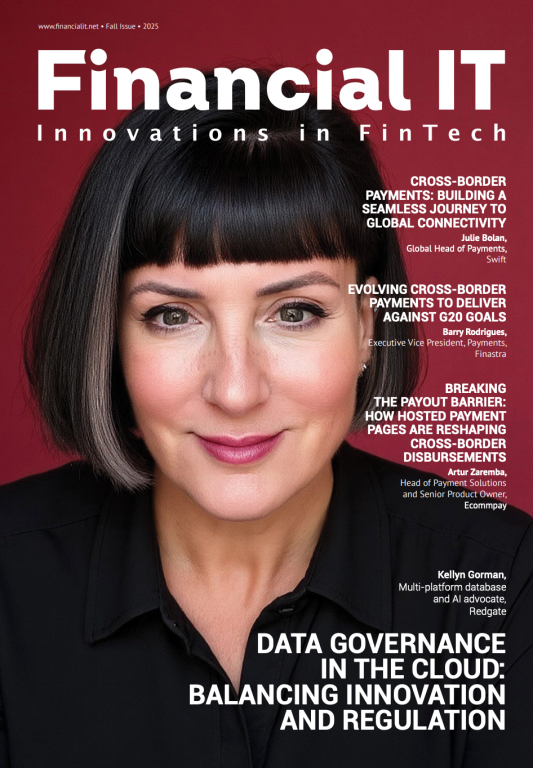Reimagining Acquiring – Why Banks Must Modernise Now

- Robert Kraal, Co-founder, Business Development. at Silverflow
- 02.07.2025 01:30 pm #BankModernisation #AcquiringInnovation
Facing increased competition and rising expectations, financial institutions must rethink their approach to payments infrastructure before it's too late.
The acquiring market is at a strategic turning point. Across Europe and globally, traditional banks are reassessing their role in the payments ecosystem as new technologies, customer expectations, and regulatory demands converge. The choices that banks make now will determine their relevance in a fast-evolving marketplace.
Historically, acquiring has not been seen as the most profitable segment for banks. Higher-margin revenues often come from services such as credit, FX, or treasury products. However, payments remain a vital access point into wider commercial relationships. If banks surrender this ground to non-bank players, they risk losing the broader client connection altogether.
As a result, we are seeing a clear divide in strategy. Some banks are stepping back from acquiring, instead partnering with third-party providers to deliver the technology and scale they lack internally. Others are reaffirming acquiring as a core capability, but that path demands serious investment in modern infrastructure.
From Legacy Burden to Digital Advantage
One of the most common misconceptions is that migration to a new platform must be complex, expensive, and time-consuming. Many institutions might assume that such projects will take years and disrupt internal teams. In practice, migration has become far more manageable. We’ve seen deployments go live in as little as five weeks, including both integration and commercial onboarding. The key lies in a well-structured approach, with clear planning, risk management and support throughout the transition.
What’s driving this shift is not just performance but data. Today’s merchants expect transparency around settlement timing, fees, reconciliation, and fraud. They want unified reporting across in-store and online channels. Legacy systems, designed decades ago with limited storage and computing capacity, were never built for this level of insight. Modern platforms, by contrast, offer centralised data models that enable real-time access and analysis. This is essential for improving margins, optimising operations, and delivering value-added services.
The technology foundation matters, too. Cloud-native platforms bring advantages that are now hard to ignore. They offer scalability, faster development cycles, and flexibility to meet local data sovereignty requirements, without the overhead of physical infrastructure in every region. As acquiring becomes increasingly global, these capabilities are increasingly mission critical.
At the same time, the nature of merchant demand is changing. Acquirers are no longer serving only brick-and-mortar retailers. Platform businesses, marketplaces, and fintechs expect direct integrations, customisation, and fast onboarding. Whether in London, New York or Singapore, these clients want the same thing: speed, transparency, and control.
Banks must now decide where they stand. Is acquiring a functional add-on? A strategic asset? If the goal is to lead in payments, then investment in modern systems is not an option but a requirement. The technology exists. The processes are proven. The remaining challenge is simply mindset.



















